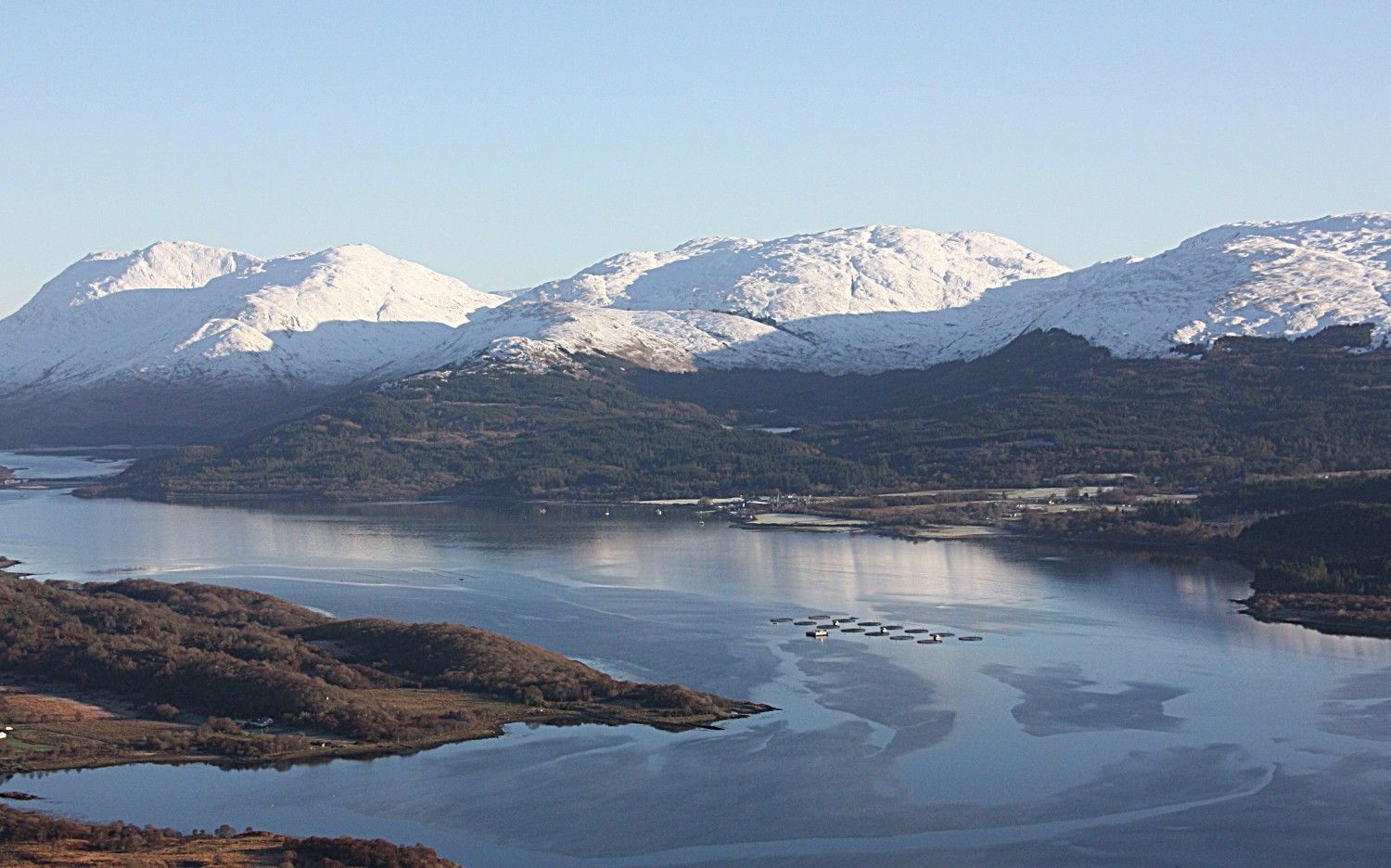Scottish Aquaculture Innovation Centre
Five ways aquaculture is innovating its way to sustainable growth

Heather Jones, CEO of the Scottish Aquaculture Innovation Centre, outlines what the industry - which is a huge economic driver for Scotland - is doing to tackle some of its biggest challenges
Aquaculture’s increasing importance to Scotland’s economy can’t be underestimated. Only last month, new figures from the Scottish Government said the value of salmon produced in Scotland exceeded £1 billion in 2017 – a new milestone.
The industry is growing; but, in any sector, this inevitably comes with questions around sustainability. And, so, the Scottish Parliament’s Rural Economy and Connectivity Committee report on salmon farming, published last week, sought to analyse this issue and plot a way forward.
"Aquaculture’s increasing importance to Scotland’s economy can’t be underestimated. Figures from the Scottish Government said the value of salmon produced in Scotland exceeded £1 billion in 2017 – a new milestone"
We believe the report is a welcome development for salmon farming. In its 65 recommendations, the report sets out a charter for sustainable growth, while maintaining Scotland’s position as a pioneer in global aquaculture. Undoubtedly, there is work to do to achieve its ambitions. Two factors will play an integral role in making it a success. The first will be the delivery of the 10-year Farmed Fish Health Framework, which SAIC is supporting the Scottish Government and industry stakeholders to deliver. The second will be innovation in the industry. A variety of research and development projects are underway across Scotland, aiming to tackle some of aquaculture’s biggest challenges. Here are just five of them:
Rearing ‘cleaner fish’ to tackle sea lice
Earlier this year, Scotland’s two largest producers of salmon, Marine Harvest and Scottish Sea Farms, made a breakthrough in a project supported by SAIC, along with the University of Stirling and BioMar. In what is thought to be a world first, the project team was able to complete the lifecycle of wrasse – a cleaner fish that is set to play an important part in non-medicinal sea lice control – by rearing their first brood stock. The companies aim to become self-sufficient in the fish within the next three years, cutting their reliance on medicines and cleaner fish taken from the wild. It could be a significant moment for the global industry.
Tackling complex gill disease
Livestock health and wellbeing are of paramount importance to all farmers, and impaired gill health has become one of the salmon industry’s biggest challenges on that front. The industry is collaborating with a wide range of academic experts to understand the underlying causes of poor gill health, to then develop effective treatments and adopt preventative measures, including selective breeding.
Monitoring of the seabed
The impact of fish farms on the wider environment has been another area of enquiry. The industry, academics, and regulators are collaborating on several innovative ways of improving how to monitor the effects of fish farms on the seabed and organisms living within it.
New models are being developed to enhance the accuracy of monitoring, reduce the number of false positives, and improve the regulation of farms. Other projects are looking at automating large parts of this analysis process, using eDNA and sediment chemistry.
The aim is to make these approaches deliver data in near real-time, which will boost environmental monitoring capabilities, reduce monitoring timelines, and make operations much more efficient. Ultimately, this will lead to better regulation of fish farmers and an improved environment.
Improving data
No two stretches of water are the same – each has its own unique hydrodynamic environment. That needs to be reflected in the assessment and measurement required of real-world data taken from farms. To date, the regulators and industry have used a model based predominantly on in-shore lochs, which in many cases doesn’t reflect the situation for farms outside loch systems. Industry and academics are aiming to change that by modelling the conditions specific to a location and hydrodynamic region, providing a more accurate understanding of how aquaculture interacts with the environment.
Moving to new higher-energy sites
Understanding the vagaries of different areas of water can also help the industry unlock more of Scotland’s aquaculture potential in a sustainable way. With Cooke Aquaculture Scotland, the Scottish Association for Marine Science, and Canada’s Dalhousie University, a consortium of organisations is working on the delivery of better data on the effects of farming in more exposed offshore sites with stronger tides, which will improve environmental monitoring and compliance, while also potentially allowing increased production with reduced environmental impact.
These are just a handful of the ways in which aquaculture is changing. While there is always more work to be done, each represents a significant step forward in Scotland’s bid to build a more sustainable future for the industry drawing on innovation from companies large and small, and Scotland’s globally recognised academic and research institutes.
With thanks to Heather Jones and Benedikte Ranum of the Scottish Aquaculture Innovation Centre.
Create an event with world changing ideas: businessevents.visitscotland.com | legends@visitscotland.com